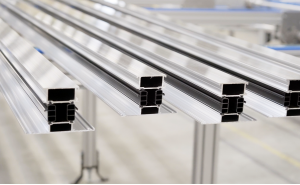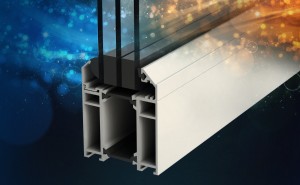R-value
The R-value or thermal conductivity coefficient indicates how well a certain material retains heat. The higher the R-value, the better the material insulates. The following formula is used to calculate the R-value:
R-value = thickness of the insulation / ƛ-value
An example: 10 cm of insulating material with a ƛ of 0.05 W/mK results in a R-value of 2 m2K/W.
The better the insulating material (lower ƛ), the thinner the layer insulation needs to be to achieve the same result in terms of thermal insulation.
U-value
The U-value or heat transfer coefficient is the opposite of the R-value:
U = 1/R.
A R-value of 2 corresponds to a U-value of 1/2 = 0.5.
If the R-value of a material is not known, the U-value can be calculated using the ƛ-value. The following formula is used for these calculations:
U-value = ƛ-value / thickness of the insulation
The lambda value is expressed in W/mK, while the thickness of the insulation is expressed in m. The quotient of these two figures (the U-value) is therefore expressed in W/m2K, which stands for the number of Watts (W) per square metre (/m2) at a temperature difference of 1 degree Kelvin (K). When applied to the Uw-value (in this case the U-value of a glass structure), this figure indicates how much heat is lost between the two sides of the glass structure per second, per m2, and per degree of temperature difference.
K-value
The K-value or K-level is used to measure the overall insulation level of a building. The K-level is calculated based on the insulation of the various components (U-values) and the compactness of the home (ratio of protected volume / surface area heat loss). The more compact a home is, the easier it is to achieve the desired K-level. It is easier to insulate a terraced house than a detached villa. The government sets the standards for the K-level. Triple glazing and aluminium profiles with a thermal break are a solid foundation for achieving the lowest possible K-level – which means the best building insulation.




Leave a comment